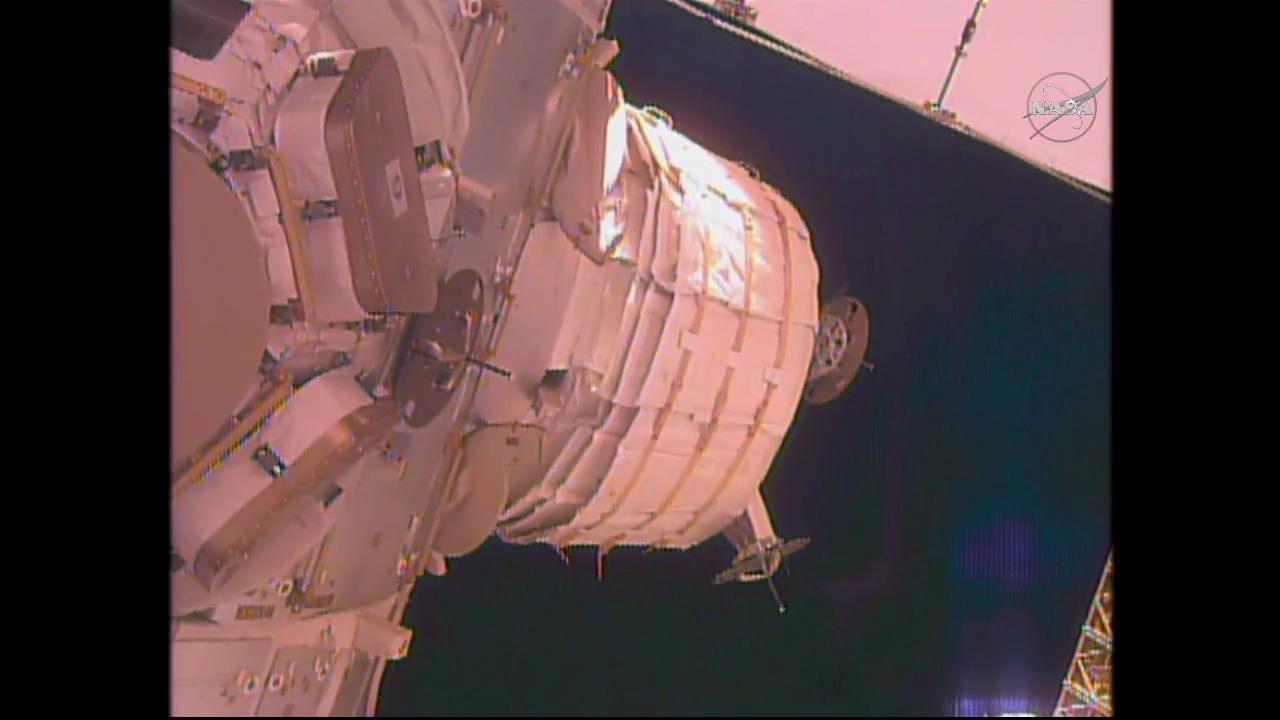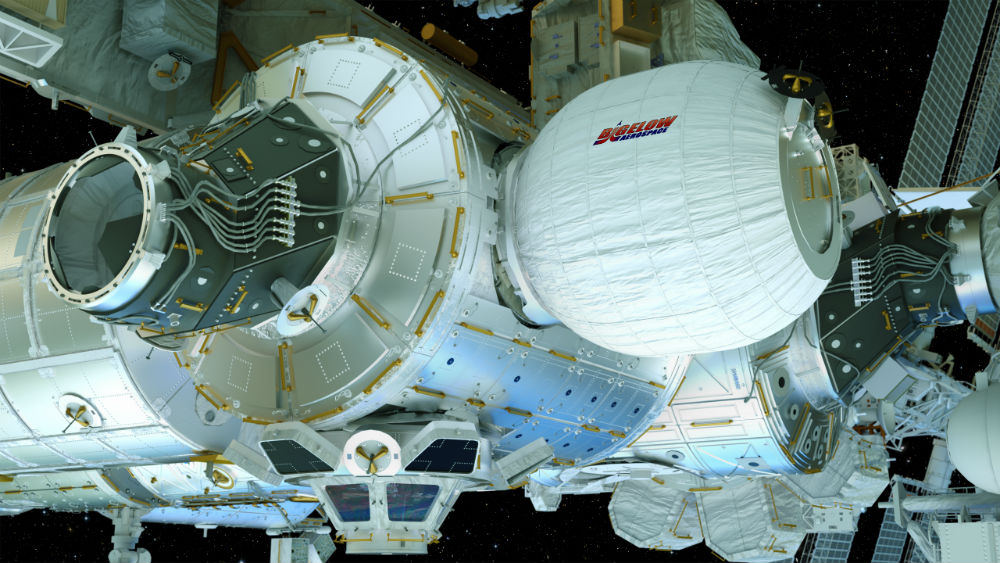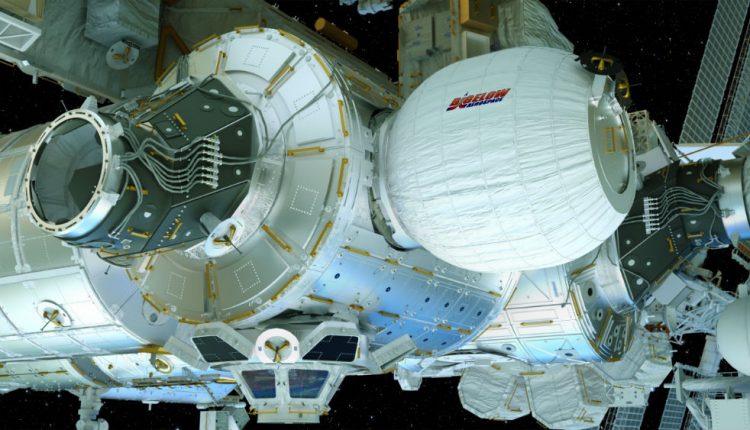NASA tried to inflate an expandable habitat at the ISS, failed, will try again
With so much talk of one day living on other planets, there’s a lot of thought put into how to make that feat feasible. Expandable habitats are being designed to take up less room on a spacecraft, while providing greater volume for living and working in space once expanded.
This first test of an expandable module, The Bigelow Expandable Activity Module (BEAM), deployed on Thursday. However, it was an unsuccessful attempt.

Efforts to expand the Bigelow Expandable Activity Module (BEAM) were terminated for the day after astronaut Jeff Williams and teams on the ground spent several hours trying to get air into the module.
Williams was only able to expanded BEAM a few inches in both length and diameter. Now NASA engineers are meeting to determine the next steps. with the possibility that another attempt could be made as early as Friday morning.

Once NASA figures out how to fix the problem, the initiative will allow investigators to gauge how well the habitat performs and specifically, how well it protects against solar radiation, space debris and the temperature extremes of space over a two-year period.
The next attempt could take place as soon as Friday morning.
BEAM launched April 8 aboard a SpaceX Dragon cargo spacecraft from Cape Canaveral Air Force Station in Florida. The BEAM project is co-sponsored by NASA’s Advanced Exploration Systems Division and Bigelow Aerospace.
Story via NASA Blog.


Comments are closed, but trackbacks and pingbacks are open.